How Many of These 4 Swim Tricks Can You do? (With Videos)
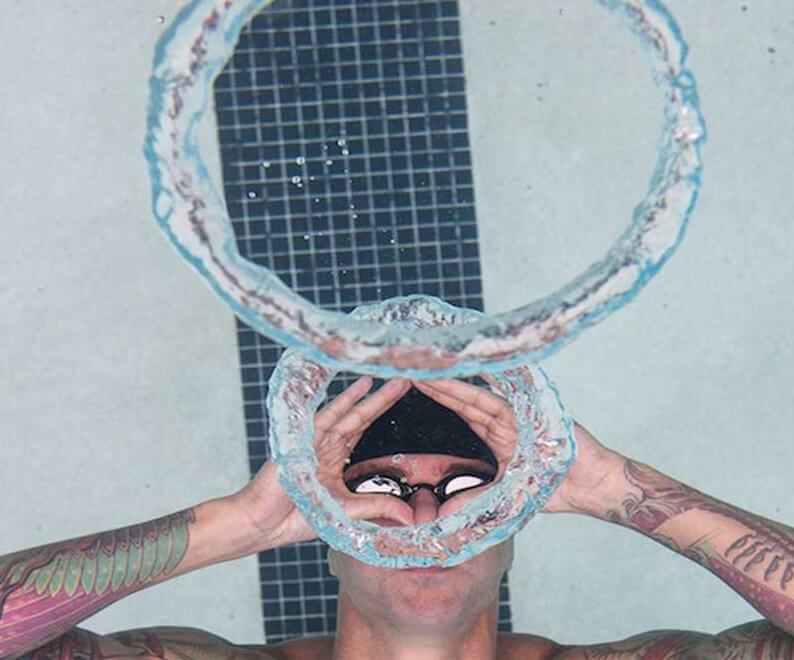
How Many of These 5 Swim Tricks Can You do? (With Videos)
By Morgan Pestorius
In every sport, there are certain tricks that you learn by participating. For instance, every good basketball player knows how to twirl a ball on their finger. Swimmers are no different. These are tricks every swimmer should know but your coach won’t be teaching you. You’ll have to learn on your own.
4 Swimming Tricks Every Swimmer Should Know
1. Squirting water with your hands
Why you need to know this skill: Long distance retribution
How to do this: First, interlock your fingers tightly. Cross your thumbs over in the back however feels comfortable to you.
Now, put your hands underwater.
Close your hands so that the perimeters of your hands are tight against each other. Lift your hands out of the water. If you have a good seal, the water should stay between your hands. Squeeze your hands together as if to push your palms closer. Your hands go from being cupped to being flat. If this is done correctly, water should squirt out of the front of your hands (closest to your pinkies).
If it is coming out from somewhere else, try to adjust your grip. You’ll probably want to remove any rings when performing this trick as they may impact the water-tight integrity of the seal between your hands.
2. Bubble rings
Why you need to know this skill: Photo ops, obviously. After all, this is the prettiest trick swimmers have.
How to do this: To perform this trick, you need to be lying on the bottom of the pool. To do this without having to hold yourself down, you’ll need to expel about half of your air—careful though, you still need air for bubble rings!
To avoid water going up your nose, you’ll need to hold your nose shut. You can use one or two hands for this, but you must keep your hands away from your mouth. With your head back and your face parallel to the surface of the pool, quickly blow out a small puff of air with your mouth in an O-shape.
A way to do this is to move your mouth like you are saying “pop” but exaggerating the O-shape. Your first few tries will make the ring, but the bubble might break. With lots of practice, your bubble and ring will be a single, unbroken tube of air.
3. Whistle with your fingers
Why you need to know this skill: Cheering during breaststroke
How to do this: This is a tricky skill to master, but once mastered, there is no limit to the situations in which a loud whistle can be helpful. Accomplished whistlers use both single-handed and two-handed techniques, the most simple one to learn is using two hands and two fingers per hand. Using your pointer and middle finger on each hand, put them together in a V-shape. Your fingers should be at an approximately 45 degree angle from each other, with your middle fingers touching.
Next, you are going to put your fingers under the tip of your tongue and fold it over towards the back of your mouth. Your fingers will be touching the bottom of your tongue. Your fingers should be into your mouth up to your first knuckle. Close your lips around your fingers, so that when you blow, air can only come out between your middle fingers. Now, start blowing. You will need to find the placement that works best for you. Adjustments include the angle between your fingers and moving your fingers higher or lower. If it is more comfortable, you can try to use just one finger per hand. You’ll need to find your own sweet spot to create the ear-piercing sound of a perfect whistle.
4. Throwing a kickboard
Why you need to know this skill: Getting the attention of someone who false started.
How to do this: DISCLAIMER this should only be used as a last resort. Throwing a kickboard is one of the most closely guarded secrets of all swimming professionals, and could hurt someone if done wrong! In the wrong hands, this information can be very dangerous.
Contrary to popular belief, the kickboard is not thrown with a Frisbee motion. An accomplished kickboard thrower will throw overhand. The kickboard should be grasped on one corner and thrown in an overhand motion at about 30 degrees to the side. Thrown directly overhead, it is very accurate, but the distance the kickboard will cover is negatively impacted. When thrown correctly at the appropriate angle, throwers should account for the curve of the kickboard before it drops.




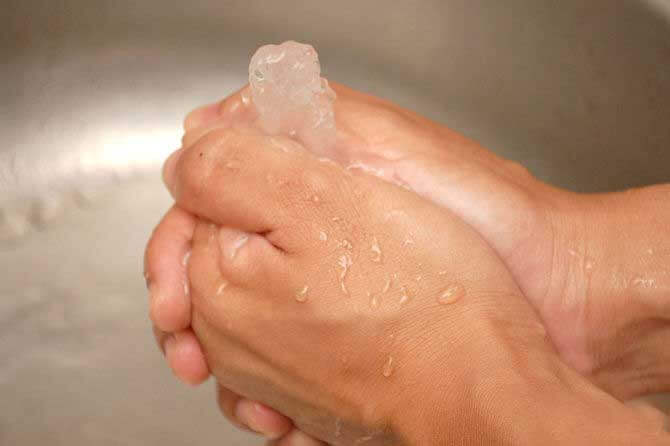
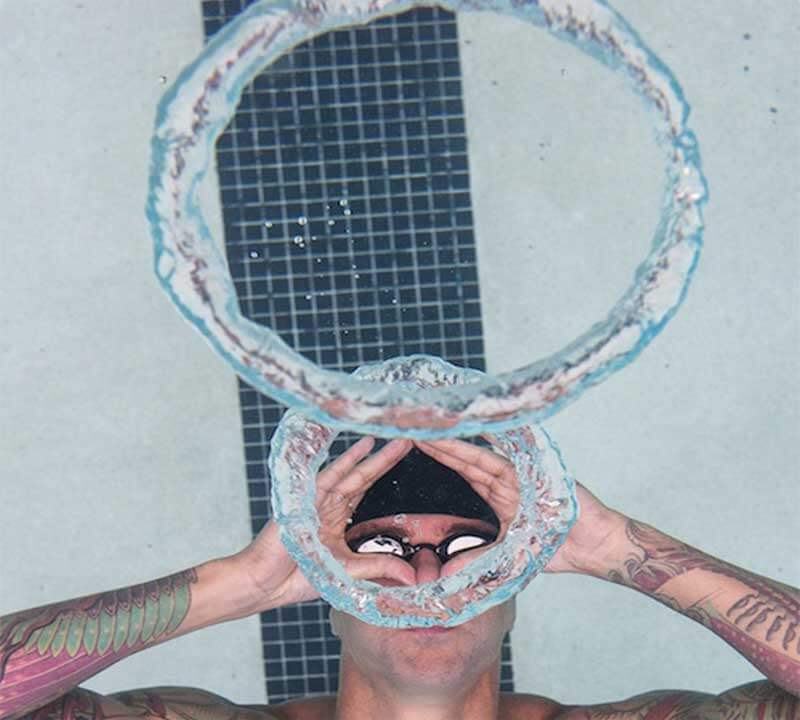
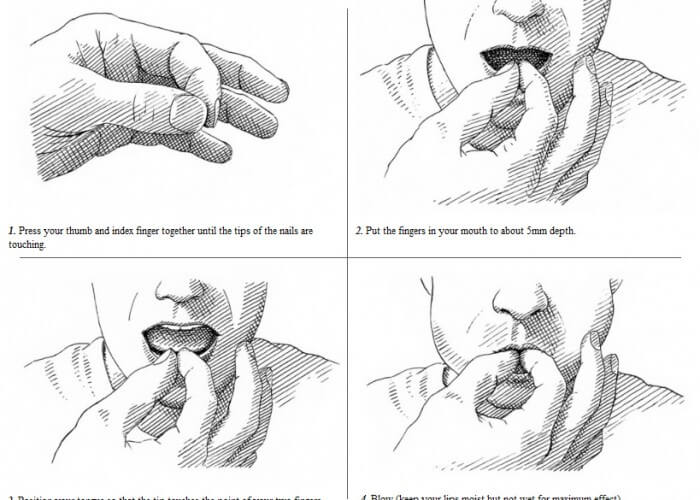
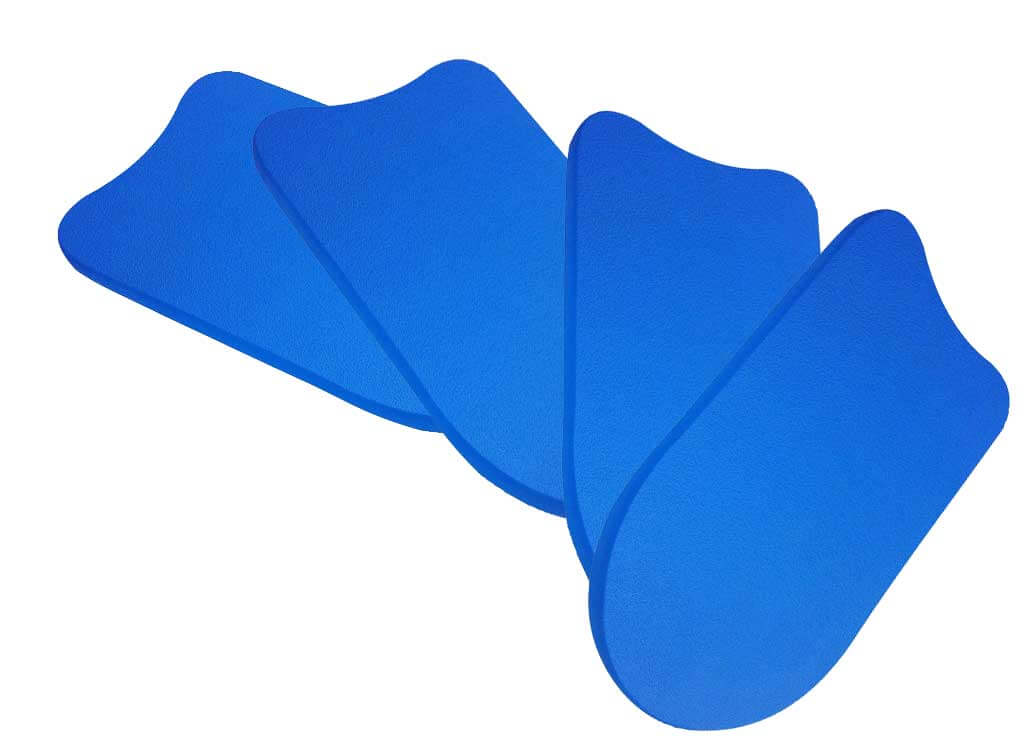
https://www.facebook.com/Nadar-es-de-los-mejores-950141975031484
Sam Newstead ?
Susan Terpin ?
Millie Lea-Clayton I still can’t believe you couldn’t do the water squirting thing ?
Louis Batten I don’t understand ??
4